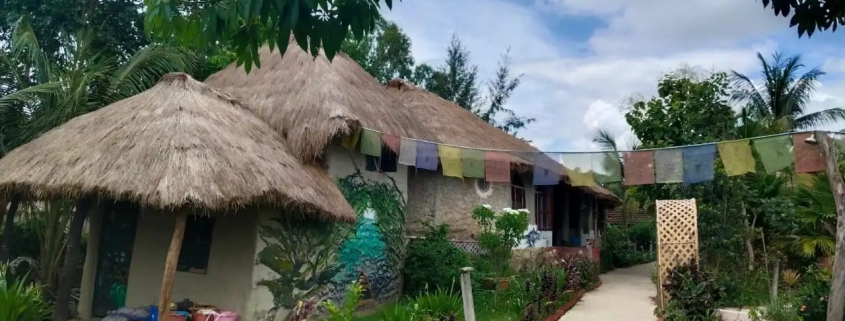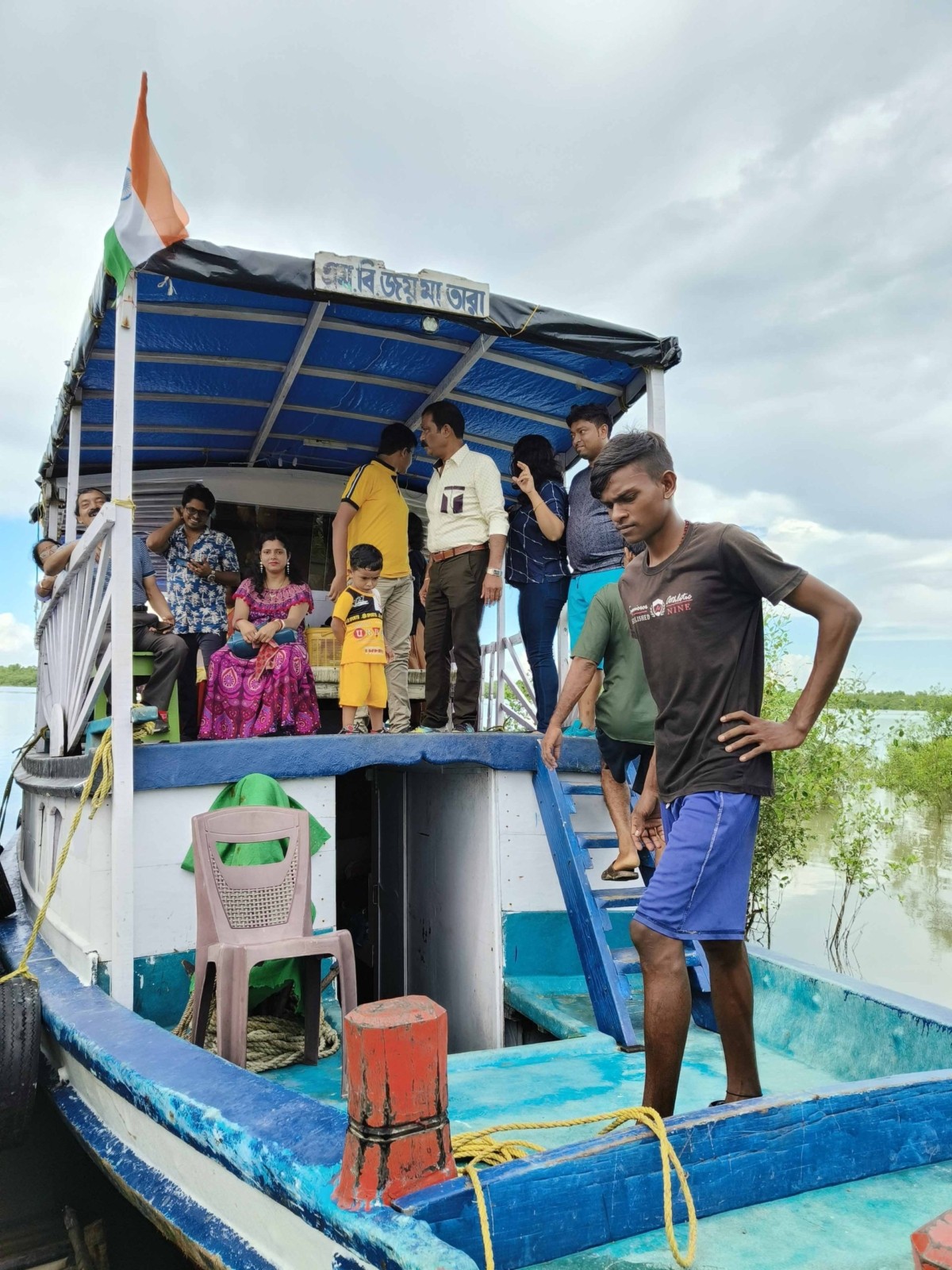The Changing Interaction between New Rural Construction and Sundarbans
The Sundarbans, a unique and ecologically diverse region located in the delta of the Ganges, Brahmaputra, and Meghna rivers, has long been a focal point for discussions surrounding conservation, sustainable development, and rural livelihoods. As new rural construction projects emerge in the vicinity of the Sundarban Kolkata tour, the interaction between human activities and this delicate ecosystem is undergoing significant changes.
In this article you will get to read and go into the evolving relationship between new rural construction initiatives and the Sundarbans, examining both the opportunities and challenges that arise from this dynamic interplay.
Impacts of New Rural Construction
The Sundarbans, home to the biggest mangrove forest in the world and a UNESCO World Heritage site, are tucked away within the enormous expanse of the Bay of Bengal. The dynamic relationship between the vulnerable ecology and new rural building is changing this fascinating ecosystem. This essay examines the changing relationship between these two forces, emphasizing the potential and difficulties that arise while attempting to preserve the Sundarban trip while pursuing balanced development.
Habitat Loss and Deforestation
As rural construction expands, it results in the clearance of land for agricultural, residential, and industrial purposes. This process inevitably contributes to habitat loss and deforestation, threatening the survival of native species and disrupting the intricate web of life within the Sundarban Kolkata tour.
Pollution and Soil Erosion
Construction activities generate substantial amounts of pollutants, leading to degradation of air quality and water bodies. Additionally, soil erosion caused by deforestation exacerbates sedimentation issues, further damaging the delicate ecosystem.
Human-Wildlife Conflict
Expansion of human settlements increases the probability of interactions between locals and wild animals, especially the elusive Royal Bengal Tigers. These encounters put both humans and wildlife at risk, potentially leading to fatalities and jeopardizing the long-term viability of the tiger population.
Challenges and Opportunities
Managing Land Use and Planning
To minimize the detrimental consequences of new rural construction, it is vital to implement effective land use planning strategies. This includes identifying suitable locations for development, avoiding sensitive habitats, and promoting green spaces within built environments.
Community Engagement and Awareness Programs
By engaging local communities in conservation initiatives and offering viable alternatives to destructive practices, it becomes possible to foster a culture of harmony between rural development and environmental protection.
Implementation of Environmentally Friendly Technologies
Adoption of eco-friendly construction methods and materials helps to lessen the environmental footprint of new rural construction, thereby reducing the overall burden placed upon the Sundarban Kolkata tour.
Government Policies and Regulations
Enforcement of Environmental Laws
Strong legal frameworks must be established to regulate and enforce environmental standards during the course of new rural construction projects. This ensures compliance with existing legislation and promotes accountability among developers.
Establishment of Protected Areas
Designating specific zones within the Sundarban Kolkata tour as protected areas will help preserve critical habitats and prevent irreversible damage to the ecosystem.
Monitoring and Evaluation
Regular assessment of ongoing construction projects is necessary to identify emerging threats and evaluate the effectiveness of implemented measures. This information can then be used to refine and improve conservation strategies over time.
The intricate interplay between the Sundarbans and new rural building necessitates taking both human and environmental requirements into account. A peaceful cohabitation between rural communities and the Sundarban trip can be achieved by adopting sustainable development concepts and putting creative solutions into practice. This will ensure a bright future for all parties concerned.
Conclusion
In conclusion, the changing interaction between new rural construction and the Sundarban Kolkata tour represents a critical juncture where the delicate balance between human development and environmental preservation must be carefully navigated. While new construction projects hold the promise of economic growth and improved living standards for rural communities, they also pose significant risks to the ecological integrity of the Sundarbans, including habitat destruction, increased pollution, and heightened vulnerability to natural disasters.
To ensure the long-term sustainability of both human livelihoods and the Sundarban trip ecosystem, it is imperative for policymakers, local communities, and conservationists to adopt a holistic approach that integrates principles of environmental conservation, community empowerment, and sustainable development.
By fostering collaboration, implementing effective regulatory mechanisms, and promoting eco-friendly construction practices, it is possible to mitigate the negative impacts of new rural construction while safeguarding the ecological richness and biodiversity of the Sundarbans for future generations.






